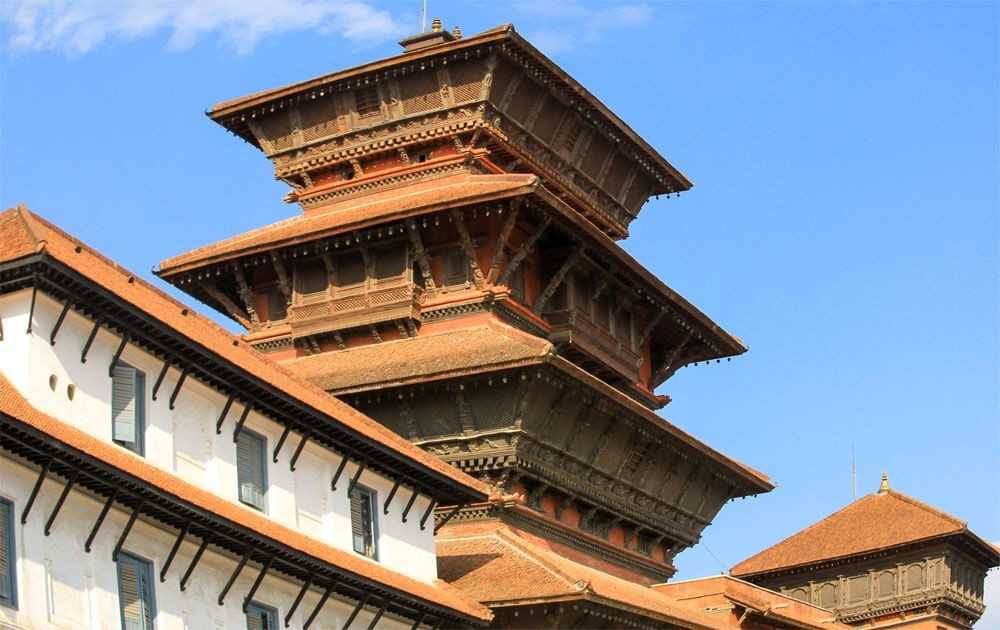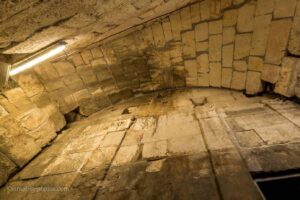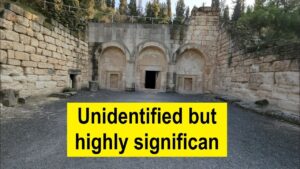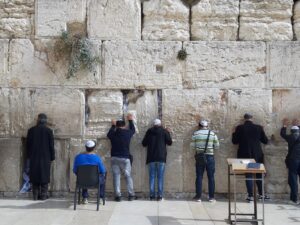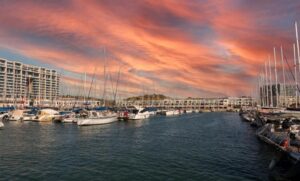Kathmandu Durbar Square: Historic Palace in Nepal’s Capital
Kathmandu Durbar Square, a UNESCO World Heritage Site, is a vibrant and historic area located in the heart of Nepal’s capital city. This ancient square is a testament to the rich cultural and architectural heritage of Nepal, offering visitors a glimpse into the country’s royal past and its vibrant present. Whether you’re a history enthusiast, an architecture lover, or simply a curious traveler, Kathmandu Durbar Square is a must-visit destination that promises to captivate and inspire.
What to See
Kathmandu Durbar Square is a treasure trove of stunning architecture and historical monuments. The square is home to the Hanuman Dhoka Palace Complex, which served as the royal residence until the 19th century. The palace is a fascinating blend of traditional Nepalese architecture and intricate wood carvings. Don’t miss the Taleju Temple, a towering structure dedicated to the goddess Taleju Bhawani, which is only open to the public once a year during the Dashain festival.
Another highlight is the Kumari Ghar, the residence of the living goddess, Kumari. The Kumari is a young girl chosen through an ancient selection process to be the human incarnation of the goddess Taleju. Visitors can catch a glimpse of the Kumari from the courtyard, but photography is strictly prohibited.
The square is also dotted with numerous smaller temples and shrines, each with its own unique story and significance. The Jagannath Temple, known for its erotic carvings, and the Kasthamandap, a wooden pavilion believed to be built from a single tree, are particularly noteworthy.
A Bit of History and Interesting Facts
Kathmandu Durbar Square has been the center of power and culture in Nepal for centuries. The square was the royal seat of the Malla kings, who ruled over the Kathmandu Valley from the 12th to the 18th century. The Malla period is considered a golden age of art and architecture in Nepal, and many of the structures in the square date back to this era.
One interesting fact about the square is its connection to the legend of the Kasthamandap. According to local lore, the pavilion was constructed using the wood from a single sal tree, and it is believed to be the origin of the name “Kathmandu.”
The square has witnessed numerous historical events, including the coronation of Nepalese kings and the signing of important treaties. Despite suffering damage during the 2015 earthquake, restoration efforts have been ongoing, and the square continues to be a symbol of resilience and cultural pride for the people of Nepal.
How to Get There and Tips for First-Time Visitors
Kathmandu Durbar Square is easily accessible from various parts of the city. If you’re staying in the Thamel area, it’s just a short walk away. Alternatively, you can take a taxi or a rickshaw, which are readily available throughout the city. Public buses also run frequently to the square from different parts of Kathmandu.
For first-time visitors, it’s advisable to visit the square early in the morning or late in the afternoon to avoid the crowds and enjoy a more peaceful experience. The entrance fee for foreign visitors is around NPR 1000, which contributes to the maintenance and restoration of the site.
Be sure to wear comfortable shoes, as you’ll be doing a lot of walking on uneven surfaces. It’s also a good idea to carry a bottle of water and some sunscreen, especially if you’re visiting during the warmer months.
While exploring the square, take your time to appreciate the intricate details of the architecture and the vibrant atmosphere. Engage with the local guides, who can provide valuable insights into the history and significance of the various structures.
In conclusion, Kathmandu Durbar Square is a captivating destination that offers a unique blend of history, culture, and architecture. Whether you’re exploring the ancient palaces, admiring the intricate carvings, or simply soaking in the vibrant atmosphere, a visit to this historic square is sure to be a memorable experience.
